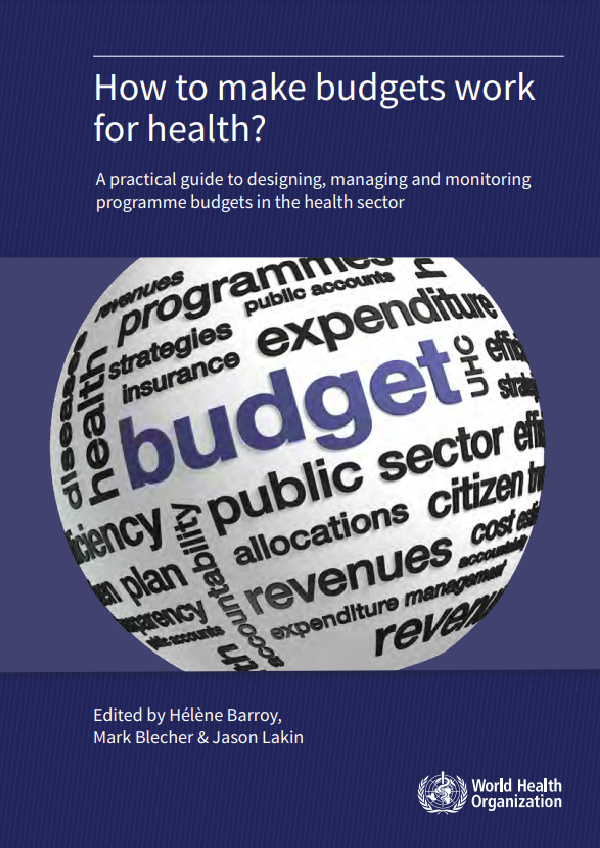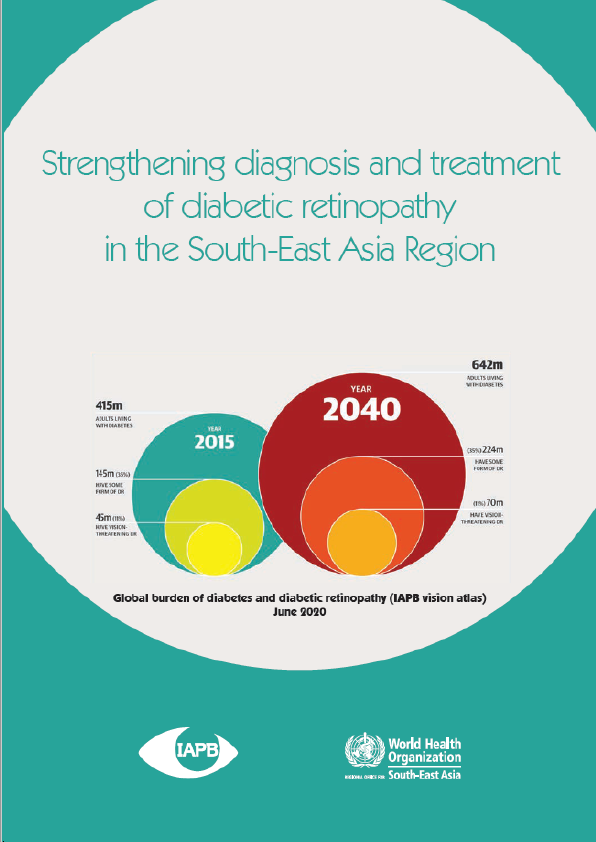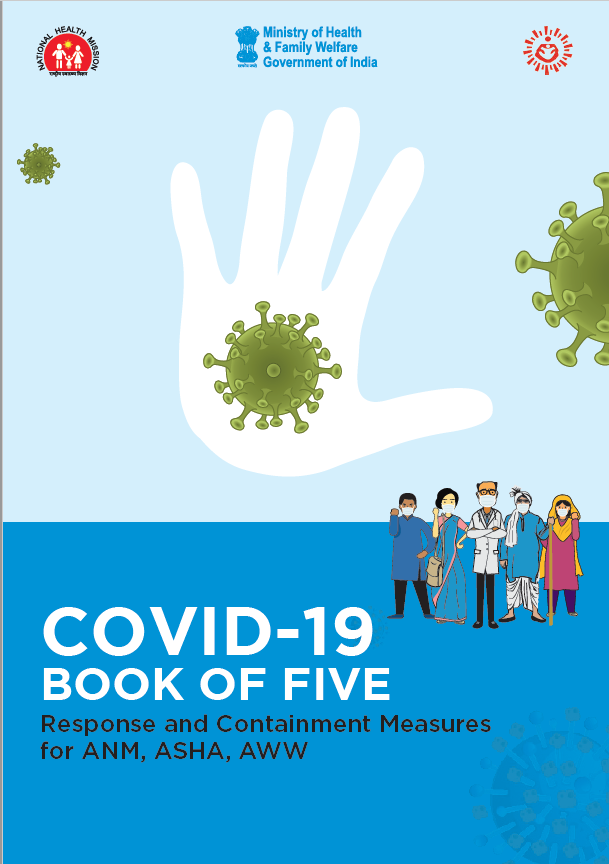Reforms in budget formulation that transition to programme-based budgeting can be beneficial to health spending. Such reforms can support better alignment with health sector priorities, provide greater flexibility in the use of funds, and improve transparency and accountability towards outputs. These changes can, in turn, support progress towards universal health coverage by using general budget revenues flexibly to purchase health services. However, evidence from country implementation shows that this transformation does not take place automatically. The primary purpose of this guidance book is to provide key health stakeholders with a better understanding of the design, implementation and monitoring of programme-based budgets in the health sector in low- and middle-income countries (LMICs). The work emerged from a rewarding collaboration between the WHO Department of Health Systems Governance and Financing and regional and country colleagues, independent experts, and the OECD, the World Bank Group and the International Budget Partnership, all of whom contributed extensively to the book’s development.
Budgets are political and technical tools. When used optimally, they have the potential to reflect a government’s policy priorities, allow for the efficient use of public resources and ensure transparency and accountability in the use of those resources. Public budgeting is the process by which governments prepare and approve strategic allocations of public resources. From the perspective of PFM, robust public budgeting serves several important functions: it sets expenditure ceilings, promotes fiscal discipline and financial accountability, and enhances efficiency in public spending (Dorotinsky, 2004).
Budget formulation is an important part of the budgeting process. The way budgets are presented, formulated and structured has an underrated influence on actual budget implementation. If multiple budget classifications can be used to present budgets, the dominant classification selected ends up shaping budget appropriations. The choice of budget classification is therefore crucial for actual spending as it largely defines how money is received and spent by different budget holders, as well as how public money is controlled and accounted for (e.g., by consumption of inputs versus by achieved service outputs) (Barroy et al., 2018).
Because programme budgets force the allocation and appropriation of public resources by policy goals and outputs, they have been one of the most promising PFM mechanisms to help link public resources to priorities and needs for a sector. It is a major reform to foster public sector performance, tested in nearly all countries across the world. In many LMICs, budgets have long been formulated and spent by inputs, a common occurrence that often creates inflexible budget structures which are too rigid to adapt to service delivery needs. The programme-budgeting approach offers an opportunity to introduce flexibility and greater orientation toward services.
Despite the potential benefits of the reform, health sector stakeholders have often lacked a solid understanding of the approach, its key merits and its requirements for success. When reforms are introduced, there is often a desire to define a common framework across sectors. However, there is often limited guidance given to sector stakeholders on how they can engage in the reform, which means the reforms are often poorly understood, only partially implemented and not tailored to the sector’s needs.
The book is designed to improve the understanding of health sector stakeholders on budget formulation reforms by clarifying key concepts, synthesizing key challenges and lessons from country experiences, and offering evidence-based recommendations for ongoing and future reforms.
In Section 1 of the Introduction, we clarify key terms related to budget formulation, classifications and structures, and describe the conceptual background in which budget formulation reforms have been introduced. Section 1 also provides an overview of the general features and attributes of successful programme budgets. Section 2 describes the book’s scope, rationale, and intended audience and explains how the book was developed. It also introduces the three main sections of the book: Part A) country evidence, Part B) reform challenges and policy options, and Part C) key recommendations.











